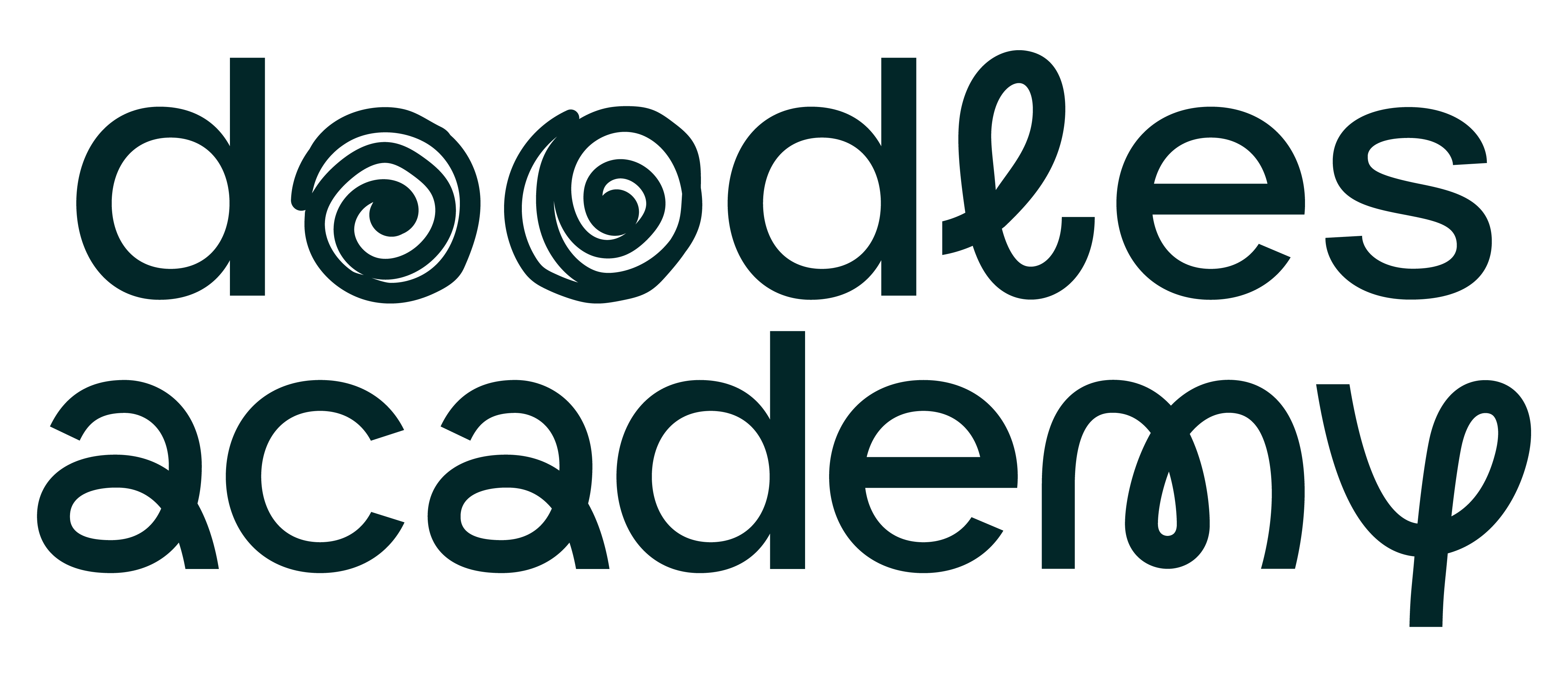Back to: Tiny Still Lifes. (upper grades)
Overview:
In this lesson, student artists use cupcakes to learn the importance of close observation when drawing. Note: This is a warmup to the actual project, so students are able to take their drawings/sketches home with them.
Students will be able to:
-
pick out details that make their cupcake different from the other cupcakes.
Setup:

Students will be working independently.

Have materials set up in a way that is easy to pass out, see, and select from.
Materials:
- Cupcakes or muffins (one per student)
- Copy or scrap paper
- Pencils.
Media:
- N/A
Handouts & Photocopies:
- N/A
Lesson 1
10M, INSPIRATION IMAGE
LOOK AND DISCUSS AN ART PIECE THAT INTRODUCES SOME OF THE LESSON CONCEPTS
Project the inspiration image where students can see it. Give students a moment to study it silently, then begin a brief discussion with the phrase, “What can we find?”. Paraphrase what students say for the benefit of the class, being careful to remain neutral, then ask “What else can we find?”. Alternately, allow them to draw or write what they notice on a blank piece of paper or in a sketchbook.
- Wayne Thiebaud, Pie Counter. 1963.
- Thiebaud remembers looking at window displays as a kid that showed arrays of peppermint candies, lollipop trees, pies, and consumer products all lined up. In his paintings, he often depicts commonplace objects—pies, lipsticks, paint cans, ice cream cones, pastries, and hot dogs, in multiples. On first glance they look all the same. But he includes slight variations in color/brushstroke so that each object is unique. He often works with themes of repetition and variation which is a metaphor for the abundance of America and the notion of the individual within a group.
Note on using the information above: As your students participate in a conversation around this artwork, it may occasionally be helpful to provide them with additional or contextual information. This information can and should be imparted at the teacher’s discretion.
The point of this discussion time is to have students learn and add onto each other’s thoughts. By remaining neutral and simply repeating what students say you allow students to do the heavy mental lifting and also create an environment where there is no wrong answer, fostering creativity and mental risk-taking.
5M, INTRODUCTION VIDEO
WATCH THE INTRODUCTION VIDEO & CHECK FOR UNDERSTANDING
Check for understanding by asking, “Who was listening closely that can sum up what we are doing today?” Make sure that student artists can list all the steps and clarify anything that needs clarifying.
Make sure students understand that they are finding things about their cupcake/muffin that is different from their neighbors.
20-25M, WORKTIME
FOCUS ON OBSERVING UNIQUE DETAILS
The students work independently on their work as the teacher circulates. Foster strong work habits by commenting on student artists who are focused on their work as well as student artist who seems be pushing themselves to try new things.
The focus of this lesson is to get students to notice and observe details that they would overlook with a cursory examination. This should be fun for students. As the teacher walks around, notice and comment on the differences between drawings (I.e.,Yolanda noticed that her cupcake had a dent on the left, but Tyler noticed that his had a drip down the right side).
5-10M, CLEAN-UP/PRESENTATIONS
STUDENTS DISCUSS THE DETAILS THEY NOTICED
Depending on the teacher’s style of classroom management, it might be helpful to choose and train only a few kids to help clean. The rest of the class can be busy with a discussion. Make sure to train these helpers well in advance so that you aren’t left with a messy room.
Clean-up times will vary with materials; get to know your class and allow 5-10 minutes depending on how efficient they are and whether or not the material was messy. Hold a discussion around the table, asking students to talk about the different things that they noticed. Encourage them to hold up their drawings to illustrate what they saw.
ANTICIPATED PROBLEMS
- If students are drawing too fast, you can offer a magnifying glass (if available) to help them slow down in their examination. Alternatively, show them how to make a square/viewfinder with their hands and use that to examine their cupcake or muffin inch by inch.
EARLY FINISHERS
If a student artist finishes ahead of time, have them take a small bite out of their cupcake/muffin and draw it again, but this time including the bite.
This project is free to access, but after the first lesson, you will have to create a free account and enroll in the course. After you create an account and enroll, the project can be accessed from the ‘artroom’ tab at the top of the page.
